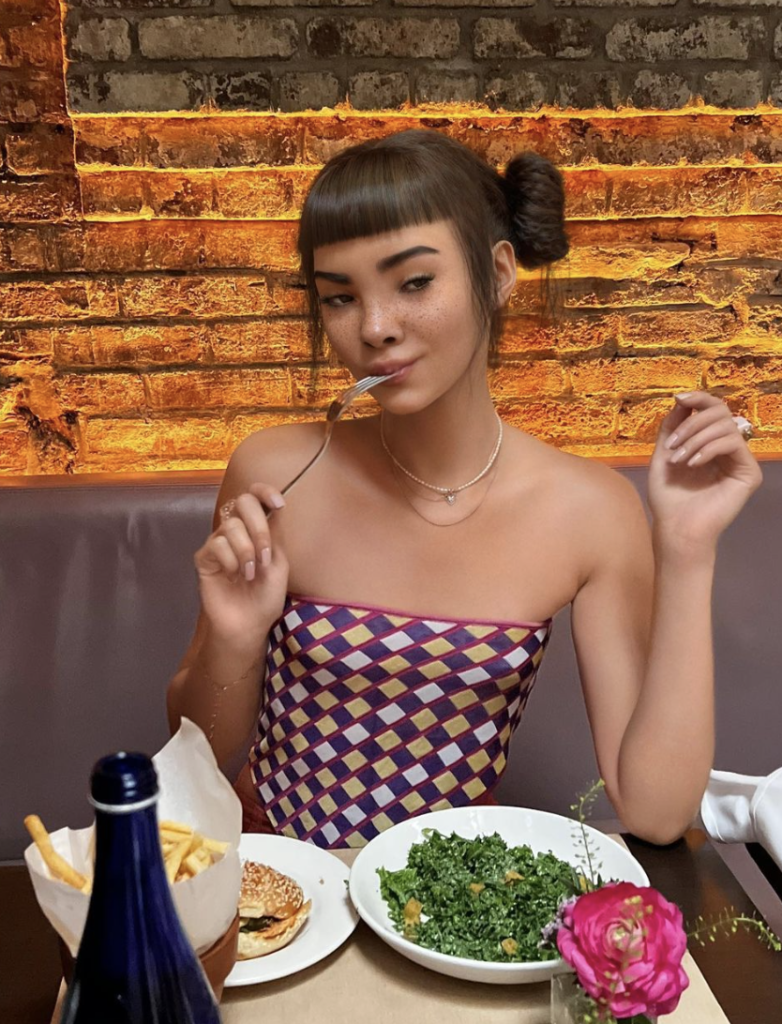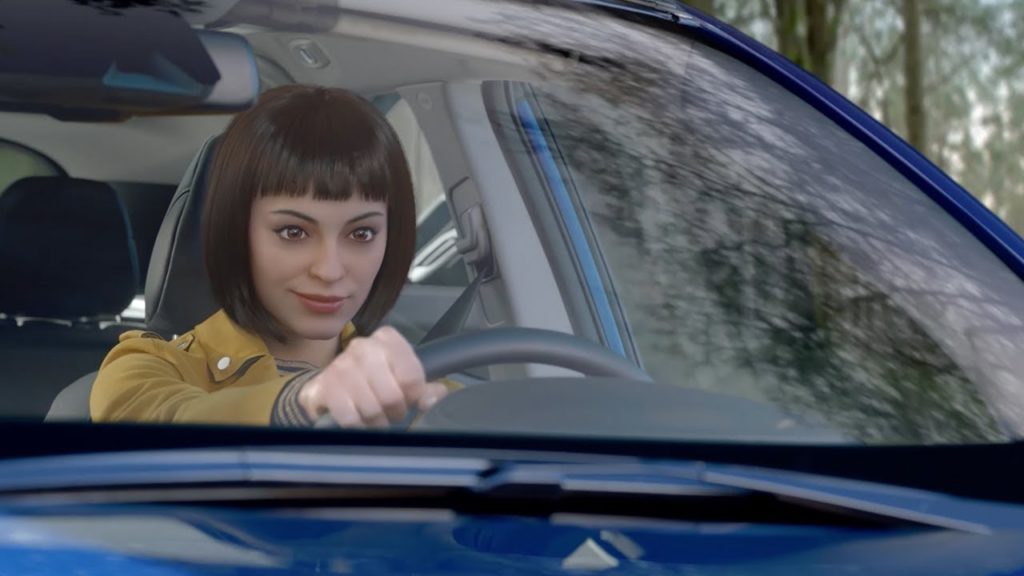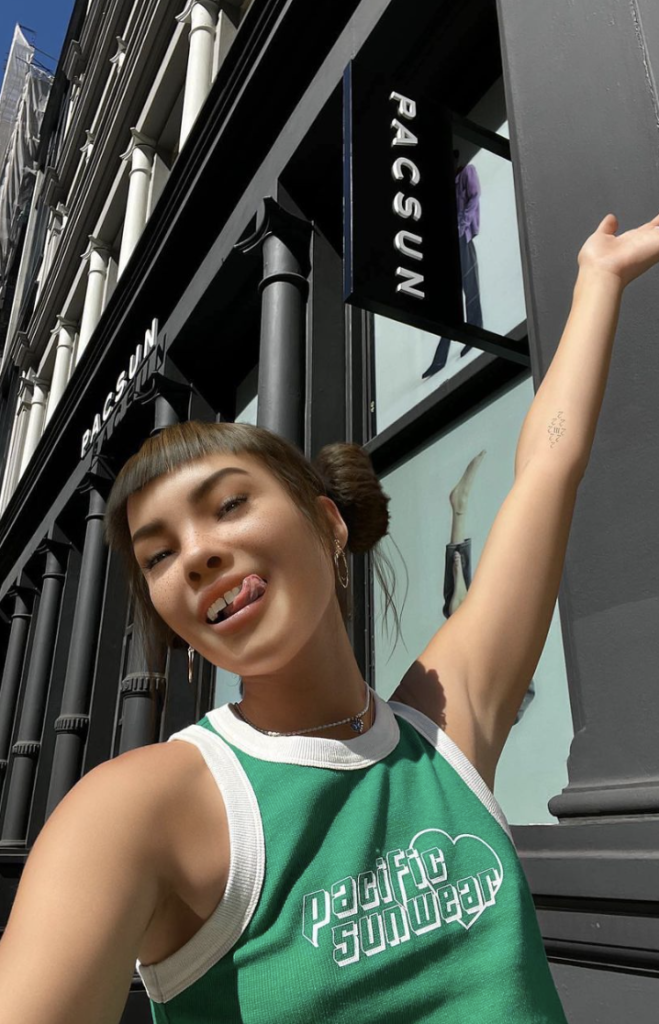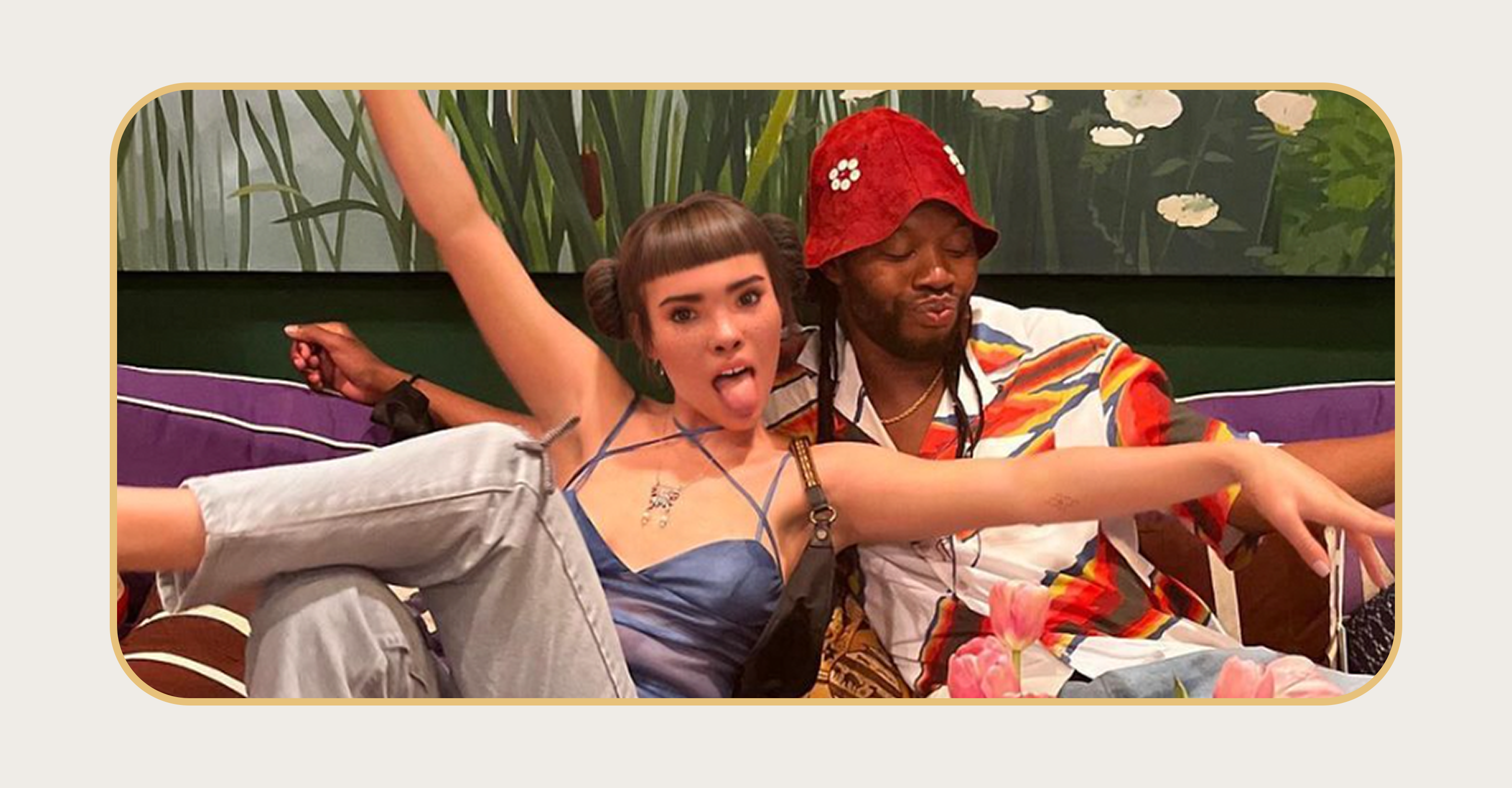The concept of an influencer needs no introduction (and if you have no idea what that cornerstone of our current culture is, what rock are you living under?). The virtual influencer, on the other hand, is a concept you can be acceptably puzzled by. Much like their IRL counterparts, virtual influencers are effective social media marketing tools that happen to be totally fictional and computer generated. As the conversation around social media shifts into the metaverse, these virtual characters begin to make more sense—especially as they land big brand campaigns and start taking up some serious real estate.
What are virtual influencers?
Virtual influencers are AI generated characters with personalities that are shockingly realistic and quirky, including built-in values and human-like attributes. Much like a sci-fi movie, there’s actually a person or even a brand behind each virtual influencer, in charge of creating their identity, refining their characteristics and growing their following with the hopes of making it big. These human creators choose what their digital star wears, who they “hang” out with, the voice and POV they have and, of course, which labels they partner with.

Perhaps the most famous of all virtual influencers is Lil’ Miquela, with a massive audience of 3 million followers on Instagram. Her bio states that she’s a “19-year-old robot living in L.A. and her posts include her at a low-key dinner in NYC (caption: “You don’t wanna know how robots digest kale 🫠”), fangirling over playwright Jeremy O. Harris and proclaiming her simp status by snuggling up with her summer boyfriend. She even tags her phone’s beaded phone strap from String Ting. Yup, that behavior is eerily similar to that of a living, breathing teenage Instagram star.
Among her biggest brand campaigns—which have included the car company Mini, Fox’s music competition Alter Ego and French fashion label Ami—Lil’ Miquela has inked a deal with Samsung. Her most recent post in this partnership was to promote the Galaxy Z Flip, the smartphone/flip-phone hybrid in 2020 and a year earlier, she was part of the tech giant’s #DoWhatYouCant campaign, alongside actual humans: Twitch streamer Ninja, plus actress Millie Bobbie Brown and DJ Steve Aoki. She was a strategic addition to the Gen-Z and millennial focused campaign, with the goal of forging a deeper relationship with that discerning audience. Their virtual investment in Lil’ Miquela seemed to pay off; Samsung reported over 126 million organic views tied to the campaign, in addition to 24 million engagements and 12% boost in Instagram earnings.
Virtual Influencers & the Social Media Marketing Industry
As the industry becomes more integrated with this type of online-only influencer, more virtual personalities enter the ring, creating some alluring opportunities in the influencer marketing space. Brands seem hungry to learn more about this rising trend and to understand the emerging technology behind these CGI avatars. Similar to Augmented Reality on social media, this is one way to make a splash in an otherwise very crowded space.

It’s why Renault introduced their very own virtual persona, Liv, in a recent TV spot for the launch of the KADJAR. As the first in the automobile industry to create a virtual influencer of their own, Renault presented Liv to show consumers that they understand the undistinguishable difference between their online and IRL lives. “What better than a virtual ambassador to feel real behind the steering wheel of this vehicle and show the authenticity of the actual experience?” Says Gaëlle Le Grouiec, Renault’s marketing communication director Europe G9.
How can brands benefit from virtual influencers?
Brands should start to recognize how consumers have become somewhat invested in the fabricated lives of these online-only influencers, just as they might any other content creator. For example, Lil’ Miquela’s engagement rate of 1.78% (at press time) means that her posts are not just capturing eyes but also comments, saves, likes and more.
There’s also a refreshing level of flexibility with these influencers, as it’s relatively easy to have control over a computer-generated post or at least request detailed edits. Down to the crease of a shirt or the shade of a lipstick. If a detail in an image needs to be retouched, it’s a relatively simple request that doesn’t require a reshoot, which is both time and cost effective. And since these CGI avatars tend to be upfront about their values and their affiliations, there’s less risk of getting in hot water for working with a creator that doesn’t align with your brand’s ethics. That’s part of the reason PacSun tapped Lil’ Miquela, a proud BLM supporter, as their newest ambassador.

Brieane Olson, president at PacSun, explains: “Miquela has become a digital muse for Pacsun, and we’re thrilled to be working with a great example of a strong female advocate and inspiration. She aligns with our core brand values and vision … speaking out on important social issues like BLM and Rally the Vote, as well as achieving inroads into metaverse fashion and culture.”
Brands can even take it a step further by creating their own virtual influencers and getting 100% control over their content, their persona and their overall image. Hair repair brand Olaplex did just that when they created Kai, a Virtual Team Member who doubles as an influencer across the brand’s social media handles and their website. As a gender-neutral and bias-free brand rep, Kai is unproblematic, diplomatic and an inclusive way for the brand to reach customers and their network of professional hair stylists.
While it might seem resource heavy to get into the creation of a virtual influencer, it’ll yield less time and money spent on sourcing relevant influencers down the line. That investment only deepens when you recognize how digital-only influencers are surprisingly resilient, like how they became a massive resource during the COVID-19 lockdowns, with no physical interaction required for high quality content creation. It’s not only also possible to partner with virtual influencers who are “based” on a different continent or in vastly different time zones without additional resources, but relatively easy, too.
There’s certainly no threat that virtual influencers will replace their human counterparts anytime soon, but it is possible that they could be competing for the exact same brand campaigns. Both in and out of the metaverse.
